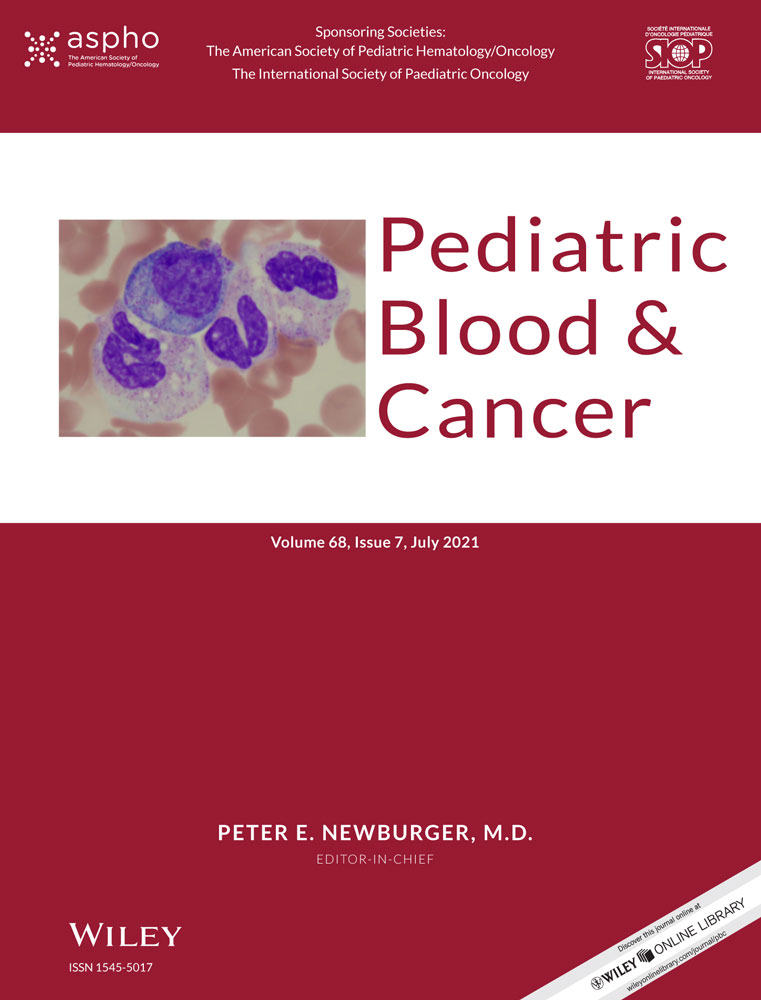Early doxorubicin cardiotoxicity in Malawian children admitted to Queen Elizabeth Central Hospital, Malawi
Abstract
Background
Doxorubicin is known to cause chemotherapy-induced cardiotoxicity. In resource-poor settings, monitoring for cardiotoxicity is not routinely done, and its incidence is unknown. The aim of this study was to determine the proportion of children who developed doxorubicin-induced cardiotoxicity within 1 year of having received treatment at paediatric oncology ward.
Methods
Children aged 3 months to 18 years with cancer were prospectively enrolled and followed up between January 2016 to June 2019. Transthoracic echocardiogram was done at baseline, 1 month, 6 months and a year after completion of therapy. Cardiotoxicity was defined as a decline in left ventricular ejection fraction (LVEF) of ≥10% to a final value of <50%. An overall incidence risk of developing cardiotoxicity was estimated. A one-way analysis of variance (ANOVA) was conducted to compare baseline LVEF with follow-up measurements.
Findings
Ninety-one children were enrolled, 74% (68/91) were male, and 67% (62/91) were aged 5 months to 14 years. Most patients received a doxorubicin cumulative dose between 100 and 200 mg/m2 and no cardiotoxicity was observed during the study period. However, of 77 children with at least one follow up, five children 6.54% (95% CI: 2.1–14.5) experienced LVEF reduction of >10%, though not to a final value of <50%. No deterioration of systolic function was found among 20 children who completed follow-up (F = 2.43, p-value = .07).
Interpretation
In this cohort of patients, most received a low cumulative doxorubicin dose and only 22% were available for evaluation at study end; no cardiotoxic events associated with doxorubicin administration were observed after 12 months.
CONFLICT OF INTEREST
The authors declare that there is no conflict of interest. Dominic Moyo received funding from the ELMA Philanthropy as part of the Paediatric and Child Health Specialist Training Programme.
Open Research
DATA AVAILABILITY STATEMENT
The data that support the findings of this study are available from the corresponding author upon reasonable request and ethical clearance from College of Medicine ethics committee will need to be sought.




